Matt Goulding doesn’t do things by halves, and his recent James Beard award for Dining and Travel writing — specifically for his piece dubbed “Slice of Tokyo: How Japan Became a Pizza Hotspot”, for Airbnb Magazine — attests to this.
6 taste defining & defying sakes
by Pablo Alomar Salvioni
Sake, locally known as Nihonshu, is drenched in myth and mystery. The Japanese seem to have a complex code in their DNA that defines the exclusive rules surrounding sake tasting…and their exceptions, in a deep and difficult balance. What for Europeans is black or white, for the Japanese may be a million shades of grey, ranging from the most immaculate white to the darkest black.
In my humble opinion, I would argue effusively that we are at the best time in history to drink sake, the options, knowledge and varieties have reached an historical level of sophistication. There is traditional sake, technological (and no I’m not referring to industrial), terroir sake, natural sake, organic sake, ancestral sake (mizumoto method, kimoto, yamahai), unpasteurized sake, low graduation sake, undiluted sake, aged sake (even in jérez barrels…) sake with special yeasts, sake with unusual koji, sake that ferments at low temperature, seasonal sake (Hiyaoroshi / Natsuzake)… in short, everything imaginable and beyond, created to delight us…
(If you want more background and a more food focused perspective before you deep dive into my recommendations, check out the ultimate sake pairing guide)
In a quest to understand and define your sake preferences, here is my list of the six sakes everyone should try:
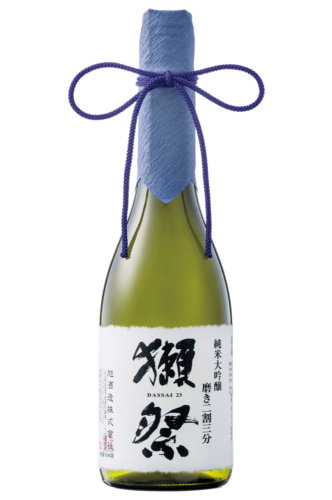
Dassai 23
THE MODERN DAI GINJO
Pref. Yamaguchi
Type: Junmai Dai Ginjo
DASSAI, unknown to many only a few years ago, this kura (sake brewery) has become one of the better known today. Dassai 23 is the sake that introduced me to this exciting world. Fifteen years ago, I met the current president of Asahi Shuzo (DASSAI), Mr. Sakurai at a wine fair in Bordeaux, and I had the opportunity to try their sakes. I hadn’t tried anything like it. Pure liquid silk. The drunken night in Tokyo that followed, marks the beginning of my life as a sake importer.
The sake DASSAI 23 is made with “king rice” Yamada Nishiki, polished at a 23% ratio. A superb water, clear, glyceric, floral and wrapped with its characteristic aniseed and pear / melon aroma but above all, is the silky texture and with a long elegant and clean finish… To those who say that sake is rough: try it: “a sake that works with almost any dish and is admired by newcomers as well as expert drinkers, especially wine lovers”.
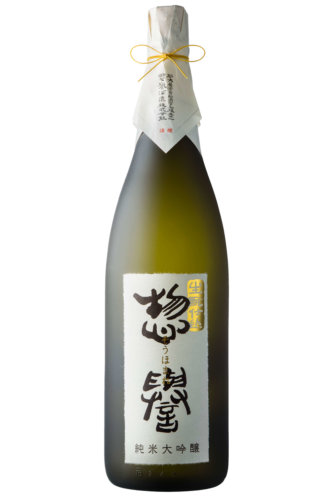
Sohomare Kimoto Dai Ginjo
COMPLEXITY & KIMOTO POWER
Pref. Tochigi
Type: Kimoto Junmai Dai Ginjo
SOHOMARE is the definition of complexity. Made by the Kimoto method (an old sake making style, whereby lactic acid is not added to speed up the fermentation process), thus adding immensely to the complexity and body. Resulting in a sake that wine lovers will surely appreciate. Kono san, the owner, decided to adopt the old Kimoto style in 2001, in order to gain in richness and umami. This Sohomare Kimoto Junmai Dai Ginjo is polished down to 45% using the highest quality Miyama Nishiki rice from Hyogo A grade Toku. It has a slight feeling of oxidation, but is clean, with an aroma of fruits such as banana and pear as well as a creamy and slightly wild texture, leading into a long and persistent finish. Undoubtedly, this is a sake to have with food. I was very impressed by its suitability to be paired with copious meals. A sake that breaks the sake and sushi myth. With my friend Javier Zaccagini of Spain’s Aalto winery, we have some bottles saved to revisit the potential of this sake. I declare myself a lover of #kimotopower and Sohomare sakes are a great choice!
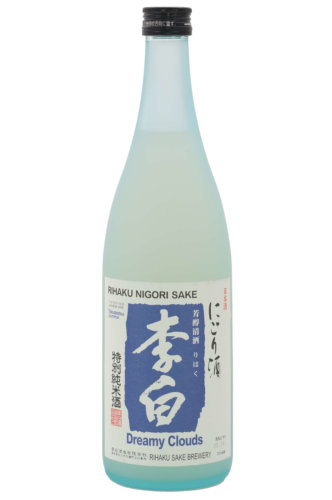
Rihaku Dreamy Clouds
MILKY WAY
Pref. Shimane
Type: Tokubetsu Junmai Nigori
RIHAKU, has been making sake since 1882 in the Shimane area: home to Japanese tapas (Izakaya) culture, which is widespread and quite similar to Latin countries like Spain or Italy. Rihaku sake is strong and full of character because of the hard water used. All the sake produced are full bodied and destined to be consumed with food. Dreamy Clouds is a cloudy sake (Nigori) with some solids left in the bottle to provide it with its characteristic white colour. Nigori sake is a real contrast to the usual sweet bottles on the market. A complex and powerful sake with hints of cooked rice and melon, a milky mid palate with a long finish. It works nicely with buttery dishes, and amazingly well with chocolate.
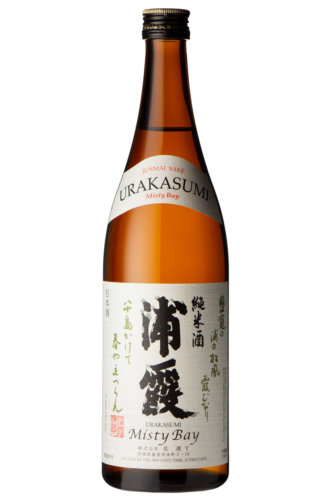
Urakasumi Junmai shu
TRADITIONAL STYLE
Pref. Miyagi
Type: Junmai
URAKASUMI, is one of the kuras that have been building sake history for almost 300 years. It is the kura that provides sake to one of the most important Jinja Temples in Japan, the historic Shiogama Jinja. Urakasumi is very proud of the World Terroir in sake, as they use local rice, local water and their in-house yeast (N.12). This Urakasumi Junmai-shu is the quintessence of sake without many flourishes. This sake has more cereals than fruity notes. It’s a little rustic, however it’s a nice sake to enjoy at room temperature or even warm. Japanese seniors may be reminded of their youth by this sake that tastes like an older style brew. It’s elegant and well structured and somehow crip, a perfect companion for fatty dishes… “Try it with a good Iberico ham.“
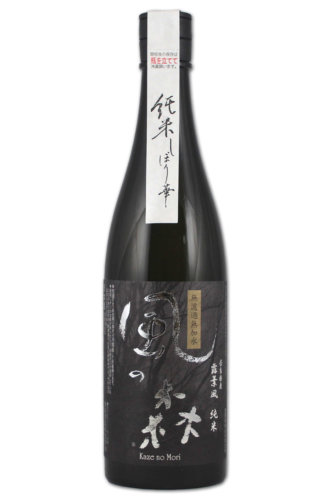
Kaze No Mori Tsuyuhakaze
CULT SAKE
Pref. Nara
Type: Junmai Nama Genshu
KAZENOMORI is possibly one of the most interesting sake producers of recent times and has basically become a cult. They maintain an interesting balance between tradition and modernity. They make most of their sakes with local and edible rice, normally unpasteurized, unfiltered and real fresh sakes (you can feel the bubbles). The Tsuyuhakase is a Junmai, nama (unpasteurized) with a polishing ratio of 80% and yet extremely fine, with some gas that eventually fades away (it is bottled with a modern technique to keep it as fresher as possible, but is not a sparkling sake) and is not diluted in water (Genshu) reaching a higher alcoholic strength of 17%. It is very aromatic, white flowers, pear, apple… Very fine in the mouth, feeling of acidity and a pleasant and refreshing finish, partly due to the fine bubbles. A very fragile sake that must be kept in the fridge.
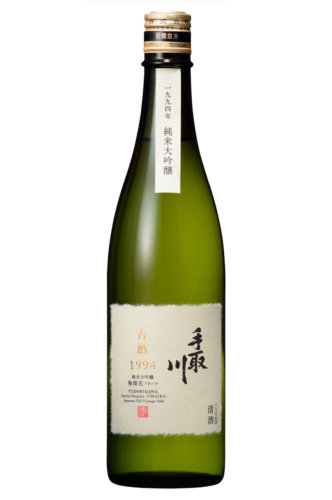
Tedorigawa Umaika Dai Koshu
AGED DAI GINJO SAKE
Pref. Ishikawa
Type: Junmai Dai Ginjo Koshu
The Birth of Sake is a poetic film that describes life in a brewery during the brewing season. It was filmed in TEDORIGAWA, where they have been producing very good sake for more than 300 years. Once during a conversation with a young Yoshida san, who is now the president of Yoshida Shuzoten, I asked him for aged sake recommendations (Koshu). He told me he had no idea, but he had some aged sake in a tank that didn’t know what to do with it. I tasted it and it blew my mind…it was an amazing aged sake, somehow like a sherry wine.The Umaika Dai Koshu 1994 was born! A rare Junmai Dai Ginjo sake aged for over 24 years. An almost perfect combination of acidity, sweetness and bitterness that fills the palate with pleasure. A drink that created a craze with Spanish sommeliers for its pairing potential. Unfortunately this sake is already gone (we sold more in Spain than in Japan) but we now have the DK96. A type of sake that is very versatile that might be different from what we expect from sake, but definitely worth trying… a delight that goes beyond typical sake expectations.
For more sake insight and the lowdown on how to best eat and drink sake, check out the ultimate sake pairing guide, that goes into more depth about methods and definitions and of course food pairings.
BY PABLO ALOMAR SALVIONI @pabloalomarsalvioni
Certified CSP and AS& WSETL3 in Sake -WSET Educator.
Basque Culinary Center Sake Expert.
salvioni-alomar.com / sourcingtheearth.com
